Now in its seventh year in 2022, Nevada Bugs & Butterflies is excited to continue and expand the Nevada Butterfly Monitoring Network. This program uses an area’s residents to collect valuable data on butterfly diversity at the same site multiple times over the course of the summer. Over time, these data can be used to understand the effects of habitat change, climate fluctuations, and other influences on butterfly populations.
In this program, volunteers monitor the same site (around 1-1.5 miles long) at least 6 times a summer, measuring butterfly abundance (how many) and diversity (which species are present). Each survey takes approximately 60-90 minutes. The volunteers then input data into a national database. To guide volunteers, Nevada Bugs offers annual workshops about the program basics– butterfly biology, monitoring protocols, data reporting, and local butterfly identification.
Nevada contains many unique and fragile habitats that are home to over 200 species of butterflies. These insects are tightly tied to the health of the landscape, relying on a diversity of plants to eat as caterpillars and for nectar as adults. Many of them have small ranges limited to specific areas of the Great Basin. However, we currently have very little standardized data regarding butterfly diversity or abundance over time for our state. The NBMN is part of the North American Butterfly Monitoring Network, filling a huge void in this type of data for the intermountain West.
This program is a great opportunity for brand new or experienced amateur naturalists out there who already love visiting your favorite spots over and over! It can also be the perfect addition to your birding or botany hobbies. We’ll give you all the resources you need to succeed, whether you’re familiar with butterflies or not. In addition to the monitoring network, we’ll also touch base on a few other butterfly citizen science programs that you can participate in, including the Monarch Larva Monitoring Project and the Pieris Project. In short, it’s a comprehensive look into the ways you can help contribute to butterfly conservation in your own back yard.
2022 course information is below. Email Cynthia (cynthia@nevadabugs.org) for more information and to register for the course by May 16!
2022 Training details
(For more information, contact us by email!)
When: Saturday, May 21 (classroom 11:00-12:30, field from 1:00-2:00).
Location: River Fork Ranch, 399 Genoa Ln., Minden, NV.
The Nature Conservancy’s River Fork Ranch is located along the Carson River minutes from historic Genoa. Parking is available directly adjacent to the ranch house. The first portion of the training will be inside, followed by a short field portion to practice the transect protocol and butterfly identification. Please come prepared for the weather as we will be outside- hopefully prepare for sun but possibly wind as well. If you need any accommodations please contact us at least three days before the training.
Monitoring Resources
- The Butterfly Network— The home site for all butterfly monitoring projects in North America
- Butterflies and Moths of North America (BAMONA)— a citizen-based compilation of butterfly and moth sightings across the U.S.; also provides county and state-wide checklists
- PollardBase— Home page for other Pollard-based monitoring programs, including the NBMN (only useful for PollardBase members, not a public site)
- Discover Life Butterflies— A selective key to identifying butterflies
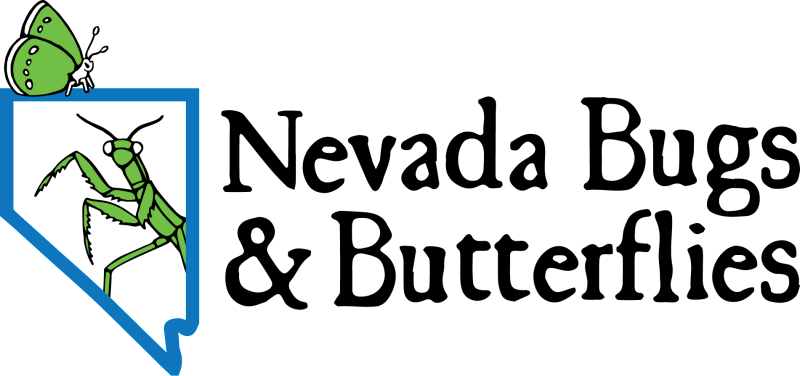
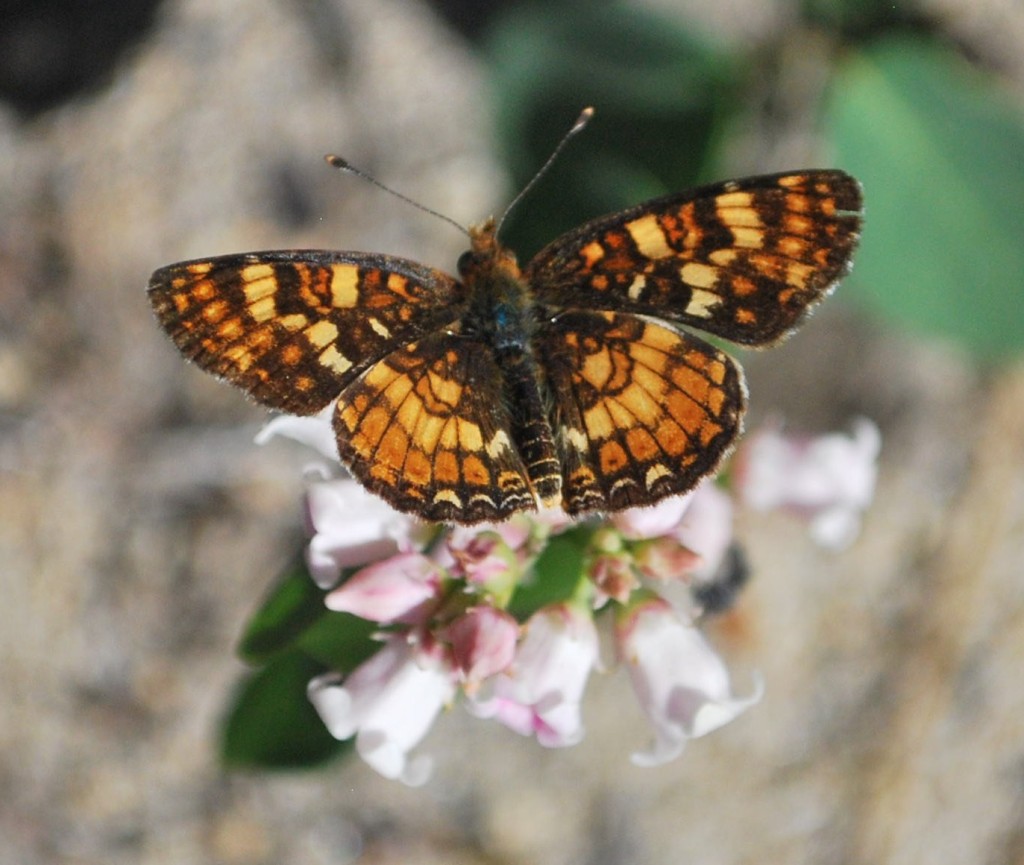
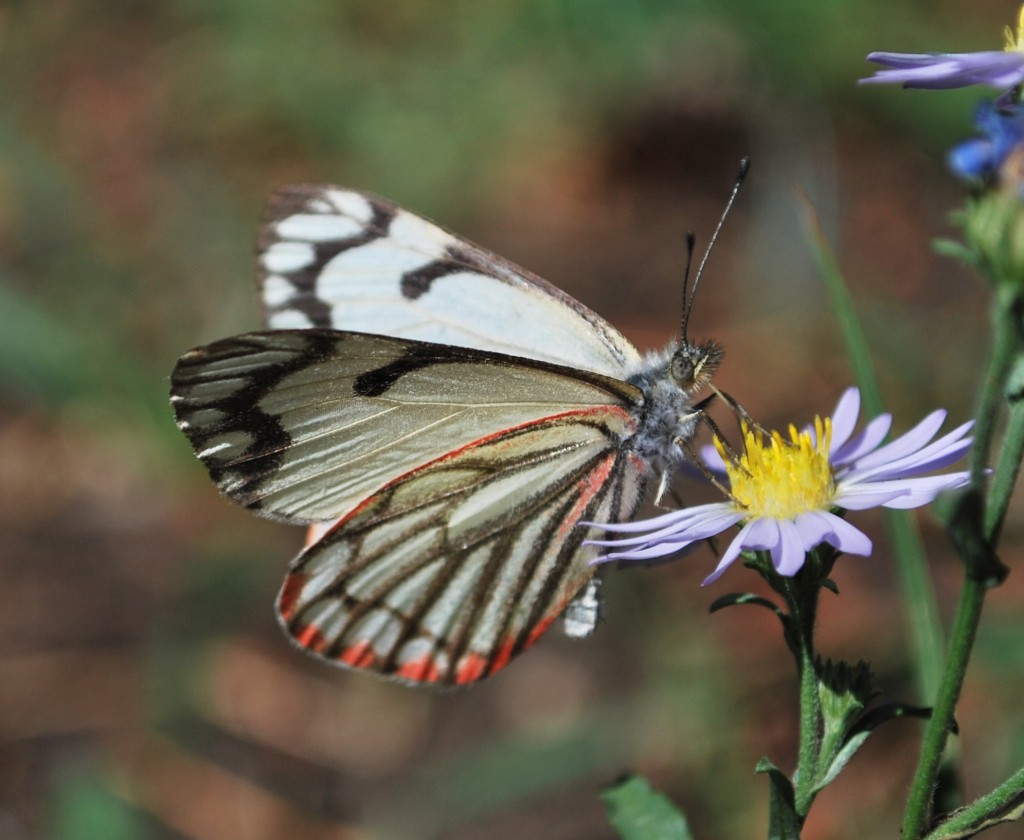
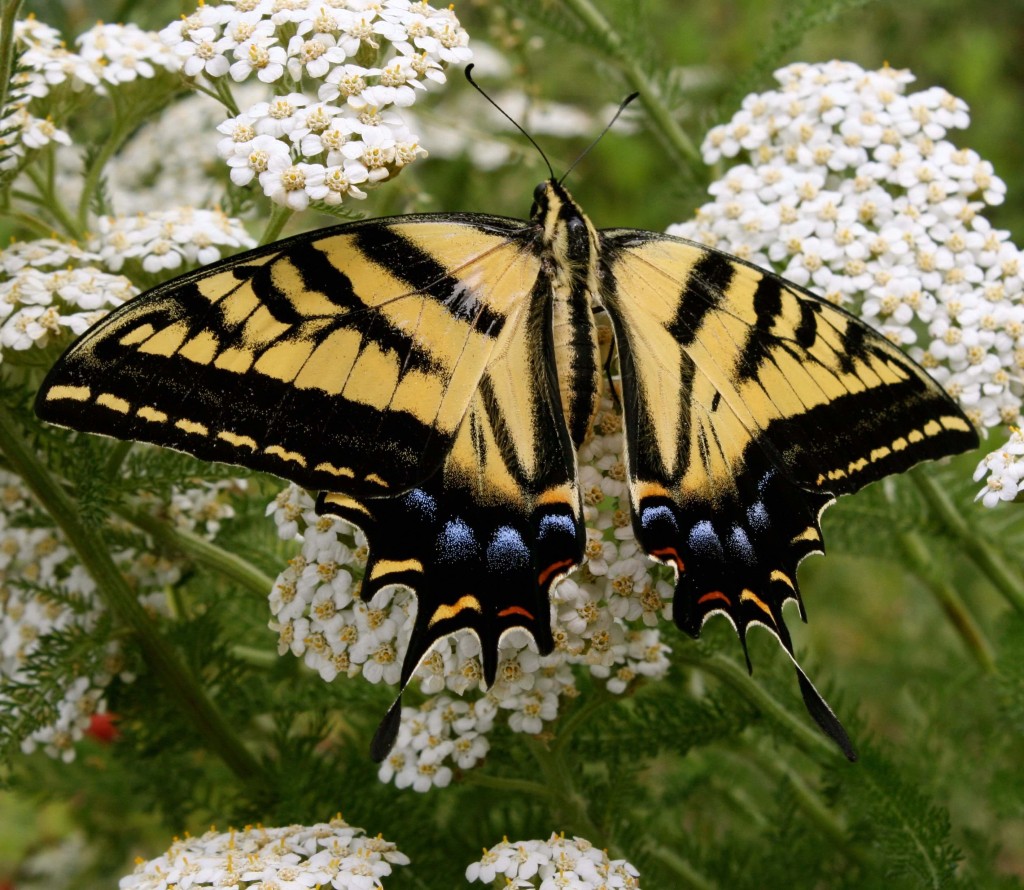
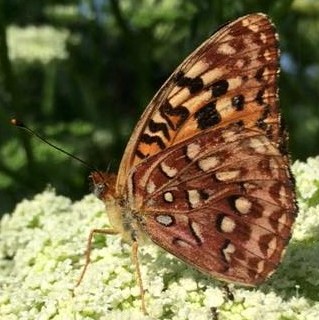
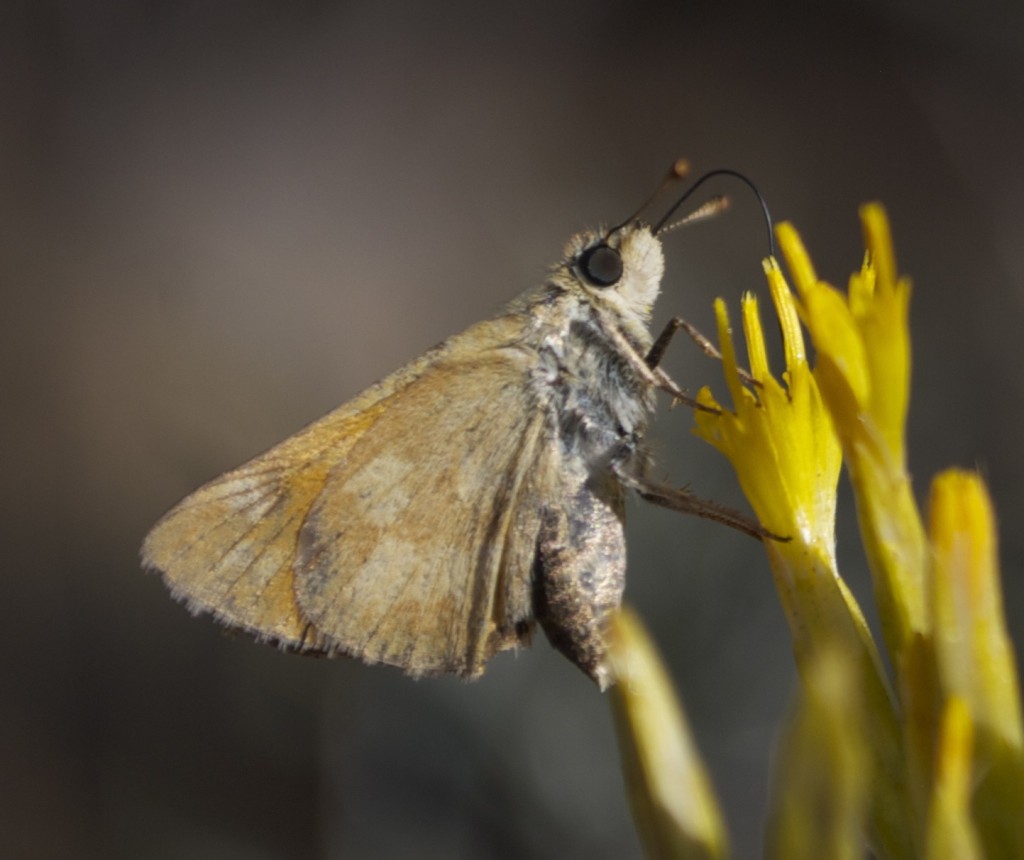
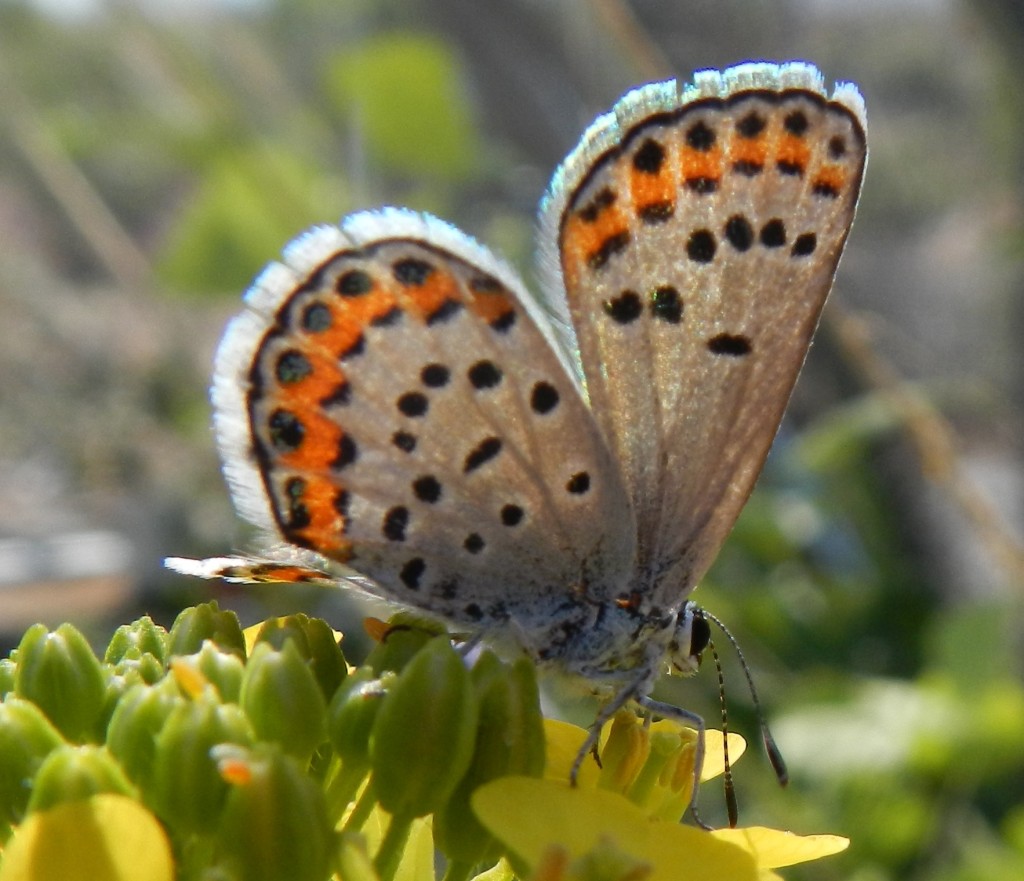

I would be interested in helping. I like in Elko and unfortunately can’t make either of your training dates. I am experienced in butterfly identification and have several resources for the ones I am unsure of. I have butterfly pictures from all over the Great Basin from the past 25+ years. Since 2003 they are in digital format. So I don’t know if you would want past records. Would it be feasible to send me the protocols you are using for the monitoring without my attending a workshop? I have known Katie Dean since she was a toddler and have met Neal several times. She would probably give me a good reference. I am president of the Bristlecone Audubon which covers four counties in the NE corner of the state. My husband and I are retired and spend a lot of time in the mountains of the Great Basin where he is conducting research on the land snails of the Great Basin.
Thanks for your interest! We will be posting all our training materials online and would be happy to send them to you and give you any other information you might want to do a monitoring site out there, that would be amazing information to have for that part of the state! If there is enough interest with other folks out that way we could even schedule another training for out there. As for past records we should talk more- there is a database somewhere that is appropriate for them. Send me an email at kevin[at]nevadabugs[dot]org, would love to hear what you have. Thanks again!